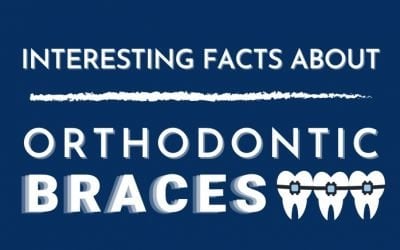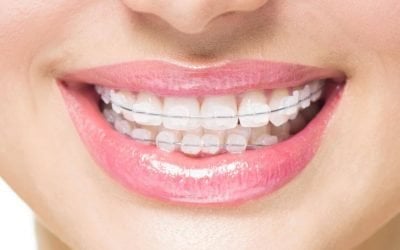What Are Braces?

Braces are dental tools that help correct problems with your teeth, like crowding, crooked teeth, or teeth that are out of alignment. Many people get braces when they’re teenagers, but adults get them too. As you wear them, braces slowly straighten and align your teeth so you have a normal bite. Some people get braces to adjust their smile.
If you have crooked teeth and/or a misaligned bite (an underbite or overbite), there are a variety of treatments that can help straighten teeth, including braces and retainers, custom-made, removable or fixed tools that cover the outside of your teeth and help keep them in position.
Many general dentists do basic alignment and treat other tooth problems, but orthodontists specialize in correcting issues with your teeth.
The dentist or orthodontist you choose will ask questions about your health, do a clinical exam, take a digital scan of your teeth, take photos of your face and teeth, and order X-rays of the mouth and head. They’ll come up with a treatment plan based on this information.
You might only need a removable retainer. If you have an extreme overbite or underbite, you could need surgery. But most people need braces.
Types of Braces
If braces are indeed the solution for you, the dentist or orthodontist will prescribe an appliance specific for your needs. The braces may consist of bands, wires, and other fixed or removable corrective appliances. No one method works for everyone.
Metal/traditional braces: Traditional braces are made of metal. They include brackets that are attached to the front of your teeth or bands that fit around each tooth, as well as flexible wires or arch wires that hold the brackets or bands together. Some braces also include rubber bands or metal ties that link the brackets to the wire. These bands create more pressure to help straighten and align your teeth. Sometimes, your orthodontist will have you wear a device called headgear at night. It provides added pressure to help straighten your teeth. You can put it on and take it off.
Ceramic braces: The brackets in traditional braces are now also made in tooth-colored ceramic, so you don’t notice them as much. They can also be made with stainless steel, clear materials, or gold.
Lingual braces: The brackets on these braces are attached to the backs of your teeth, facing your tongue. Lingual braces are harder to see.
Clear aligners: You might also hear them called invisible braces. These are clear plastic trays that fit snugly onto your teeth. They use pressure to gently move your teeth into the correct positions and straighten your smile. You remove the aligners to eat, brush, or floss, but you should keep them in at least 22 hours each day for them to work. The orthodontist may also place tooth-colored attachments onto your teeth to hold the aligners in place.
If you want to start your journey to straighter teeth and a healthier smile, call us at (02) 4327 9488 or click here.
To read the original article, click here.
DISCLAIMER:
The content has been made available for informational and educational purposes only. Central Coast Orthodontics does not make any representation or warranties with respect to the accuracy, applicability, fitness, or completeness of the content.
The content is not intended to be a substitute for professional personal diagnosis or treatment. Always seek the advice of your dentist or another qualified health provider with any questions you may have regarding a dental or medical condition. Never disregard professional advice or delay seeking it because of something you have read or seen on the Site.
Learn More About
Related Articles
Interesting Facts About Orthodontic Braces
Wanting to get orthodontic braces but feeling unsure because you don't have knowledge about its...
Three Benefits of Invisalign
Did you know that aside from being an option for straightening your teeth, there are also benefits...
Metal Braces: Does This Traditional Dental Technology Have a Future?
Of all the medical professions, dentistry has always generated the most fear and continues to;...
Ceramic Braces: Ancient Origins, Bright Future?
What exactly is ceramic? Essential to daily life and classified as inorganic and non-metallic...







